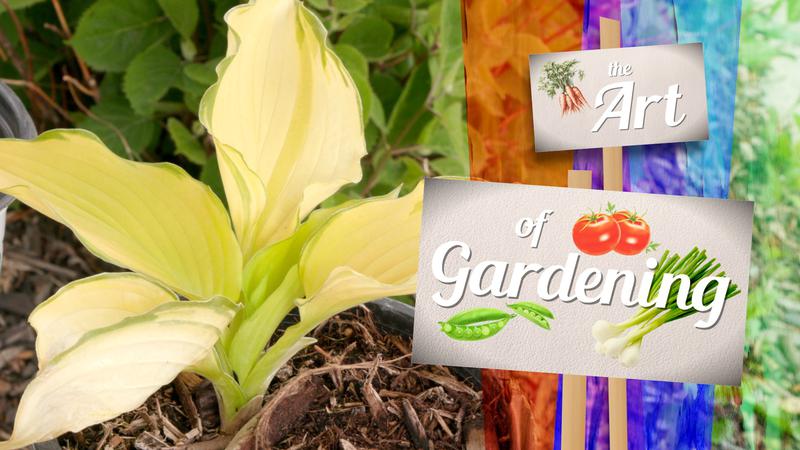
Ottawa orders tight new restrictions on sugary, purified high-alcohol drinks
OTTAWA — New restrictions on sugary, purified alcoholic beverages took effect Thursday, following several months of federal consultations and at least two deaths over an 18-month span.
The alcohol content in what Health Canada described as “single-serve flavoured purified alcoholic beverages” can no longer exceed 25.6 ml for each container of one litre or less.
The amount is the equivalent of about one and a half drinks; a single serving could previously contain up to four standard alcohol drinks.


